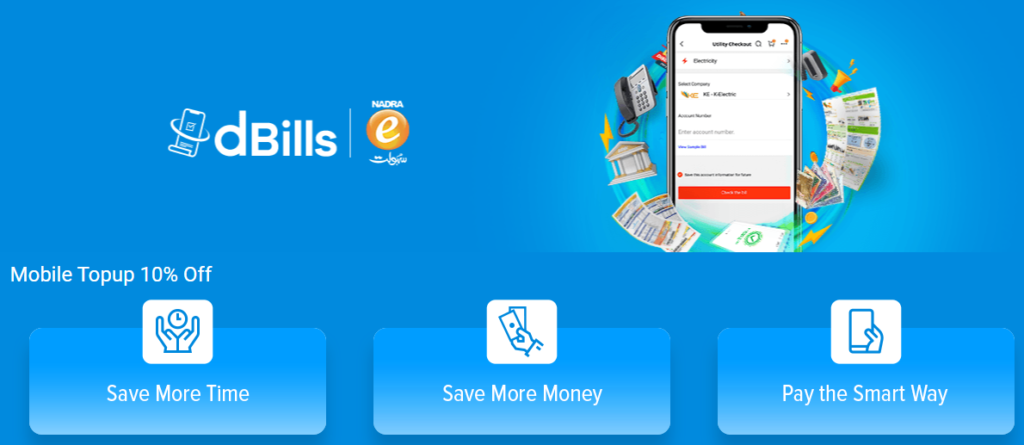Savvy shoppers know that getting the best deals requires more than just strolling through the mall. It’s about strategic planning, understanding market trends, and knowing where to find the most lucrative shopping offers. From seasonal sales to loyalty programs and coupon codes, the world of discounts is vast and ever-changing. This guide will navigate you through the ins and outs of finding, understanding, and leveraging shopping offers to maximize your savings.
Understanding Different Types of Shopping Offers
Not all discounts are created equal. Grasping the nuances of different offer types is crucial to making informed purchasing decisions. Let’s explore some common categories:
Seasonal Sales
- Description: These occur during specific times of the year, tied to holidays or seasonal changes.
- Examples: Black Friday, Cyber Monday, back-to-school sales, end-of-season clearances.
- Tips: Plan your purchases around these periods. Many retailers significantly reduce prices on a wide range of products. Sign up for email alerts from your favorite stores to be notified in advance.
- Benefit: Often the deepest discounts of the year.
Coupon Codes and Promo Codes
- Description: Digitally redeemable codes that offer a percentage off, free shipping, or other incentives.
- Examples: “SAVE20” for 20% off, “FREESHIP” for free shipping on orders over a certain amount.
- Tips: Use browser extensions or websites dedicated to aggregating coupon codes. Always check multiple sources before making a purchase. Remember that coupon codes often have expiration dates.
- Benefit: Instant savings on specific items or entire orders.
Loyalty Programs and Rewards
- Description: Programs offered by retailers to reward repeat customers with points, discounts, or exclusive offers.
- Examples: Sephora Beauty Insider, Starbucks Rewards, Amazon Prime Rewards Visa Signature Card.
- Tips: Sign up for loyalty programs for the stores you frequent most. Accumulate points and redeem them for discounts or free items. Look for bonus point events to accelerate your rewards.
- Benefit: Long-term savings and personalized offers based on your shopping habits.
Clearance and Outlet Stores
- Description: Retailers that sell overstocked or discontinued items at reduced prices.
- Examples: Nordstrom Rack, TJ Maxx, outlet malls featuring brands like Nike and Coach.
- Tips: Be prepared to sift through inventory. Check for defects or damages before purchasing. Shopping during off-peak hours can yield better results.
- Benefit: Significantly lower prices on brand-name items.
Flash Sales and Limited-Time Offers
- Description: Short-duration sales that offer significant discounts, often for a limited quantity of items.
- Examples: Amazon Lightning Deals, daily deals on Groupon.
- Tips: Act quickly, as items often sell out fast. Monitor websites and social media for announcements. Be aware of the terms and conditions, such as shipping costs or return policies.
- Benefit: Opportunity to snag exceptional deals on highly sought-after products.
Where to Find the Best Shopping Offers
Knowing where to look is half the battle when it comes to finding unbeatable shopping deals. Here are some key resources:
Online Retailer Websites
- Description: Direct access to sales, promotions, and clearance sections on major e-commerce platforms.
- Examples: Amazon, Walmart, Target, Best Buy.
- Tips: Browse the “Deals” or “Clearance” sections regularly. Sign up for email newsletters to receive notifications about upcoming sales. Utilize price tracking tools to monitor price fluctuations.
- Benefit: Wide selection, competitive pricing, and convenient online shopping experience.
Coupon Websites and Browser Extensions
- Description: Platforms that aggregate coupon codes, promo codes, and cashback offers from various retailers.
- Examples: RetailMeNot, Honey, Rakuten.
- Tips: Install browser extensions to automatically find and apply coupon codes while you shop online. Compare cashback rates across different platforms.
- Benefit: Effortless savings on a wide range of products and services.
Social Media Platforms
- Description: Retailers often announce exclusive deals and promotions on their social media channels.
- Examples: Facebook, Instagram, Twitter.
- Tips: Follow your favorite stores on social media to stay updated on the latest offers. Participate in contests and giveaways for a chance to win prizes. Engage with retailers and ask questions about deals.
- Benefit: Access to exclusive discounts and promotions that are not available elsewhere.
Email Marketing and Newsletters
- Description: Retailers send email newsletters to subscribers, featuring exclusive deals, promotions, and early access to sales.
- Examples: Promotional emails from clothing retailers, electronics stores, and travel companies.
- Tips: Subscribe to email newsletters from your favorite stores. Create a separate email account to manage promotional emails. Unsubscribe from newsletters that are no longer relevant.
- Benefit: Personalized offers tailored to your interests and shopping habits.
Comparison Shopping Websites
- Description: Tools that compare prices from multiple retailers to help you find the best deal on a specific product.
- Examples: Google Shopping, PriceGrabber, Shopzilla.
- Tips: Use comparison shopping websites to quickly compare prices from different retailers. Set up price alerts to be notified when the price of an item drops.
- Benefit: Ensures you are getting the best possible price on your desired product.
Maximizing Your Savings: Strategies and Tips
Finding deals is only part of the equation; maximizing your savings requires a strategic approach.
Stacking Offers
- Description: Combining multiple offers to achieve even greater discounts.
- Examples: Using a coupon code on top of a sale price, earning cashback rewards while using a discount code.
- Tips: Carefully read the terms and conditions of each offer to ensure they can be combined. Be aware of any restrictions or limitations.
- Benefit: Significantly reduces the overall cost of your purchase.
Price Matching
- Description: Retailers matching the price of a competitor for the same product.
- Examples: Best Buy matching the price of an item sold at Amazon.
- Tips: Research prices at competing retailers before making a purchase. Present proof of the lower price to the retailer offering the price match. Be aware of any exclusions or limitations.
- Benefit: Guarantees you are getting the best possible price without having to shop around.
Cashback Programs
- Description: Earning a percentage of your purchase back in the form of cashback.
- Examples: Using a cashback credit card, shopping through a cashback portal like Rakuten.
- Tips: Choose a cashback program that aligns with your spending habits. Be aware of any minimum purchase requirements or limitations.
- Benefit: Earns you money back on purchases you were already planning to make.
Timing Your Purchases
- Description: Making purchases at the optimal time to take advantage of sales and promotions.
- Examples: Buying winter clothing at the end of the season, purchasing electronics during Black Friday.
- Tips: Research historical sales data to identify patterns. Plan your purchases in advance to avoid impulse buying.
- Benefit: Secures the lowest possible price on your desired items.
Negotiating Prices
- Description: Haggling with retailers to secure a lower price, particularly on big-ticket items.
- Examples: Negotiating the price of a car, asking for a discount on appliances.
- Tips: Be polite and respectful. Research the market value of the item. Be prepared to walk away if the retailer is unwilling to negotiate.
- Benefit: Potential to save a significant amount of money, especially on large purchases.
Avoiding Common Shopping Offer Traps
While shopping offers can be beneficial, it’s essential to be aware of potential pitfalls.
Fake Discounts
- Description: Retailers inflating the original price of an item to make the discount appear larger.
- Examples: “Was $100, Now $50” when the item was never actually sold for $100.
- Tips: Research the historical price of the item. Compare prices at different retailers. Be wary of overly inflated discounts.
- Actionable Takeaway: Verify the original price of an item before being swayed by a discount.
Subscription Traps
- Description: Signing up for a subscription service to receive a discount, only to be locked into recurring payments.
- Examples: Online services, streaming platforms, beauty boxes.
- Tips: Carefully read the terms and conditions before signing up for a subscription. Set a reminder to cancel the subscription before the renewal date.
- Actionable Takeaway: Be mindful of recurring subscriptions and cancellation policies.
Limited-Time Pressure
- Description: Retailers creating a sense of urgency to pressure you into making a purchase.
- Examples: “Limited-time offer,” “Only 5 left in stock.”
- Tips: Take your time to research the product and compare prices. Don’t let the pressure of a limited-time offer cloud your judgment.
- Actionable Takeaway: Avoid impulse buying based on limited-time offers.
Hidden Fees and Charges
- Description: Retailers adding unexpected fees and charges to your purchase, such as shipping costs or handling fees.
- Examples: High shipping costs on discounted items, unexpected handling fees at checkout.
- Tips: Carefully review the total cost of your purchase before submitting your order. Be aware of any hidden fees or charges.
- Actionable Takeaway: Always check the final price, including all fees, before completing a purchase.
Conclusion
Mastering the art of leveraging shopping offers is a powerful tool for maximizing your savings and making smart purchasing decisions. By understanding the different types of offers, knowing where to find them, and avoiding common pitfalls, you can become a savvy shopper and stretch your budget further. Remember to always do your research, compare prices, and read the fine print before making a purchase. Happy shopping!

